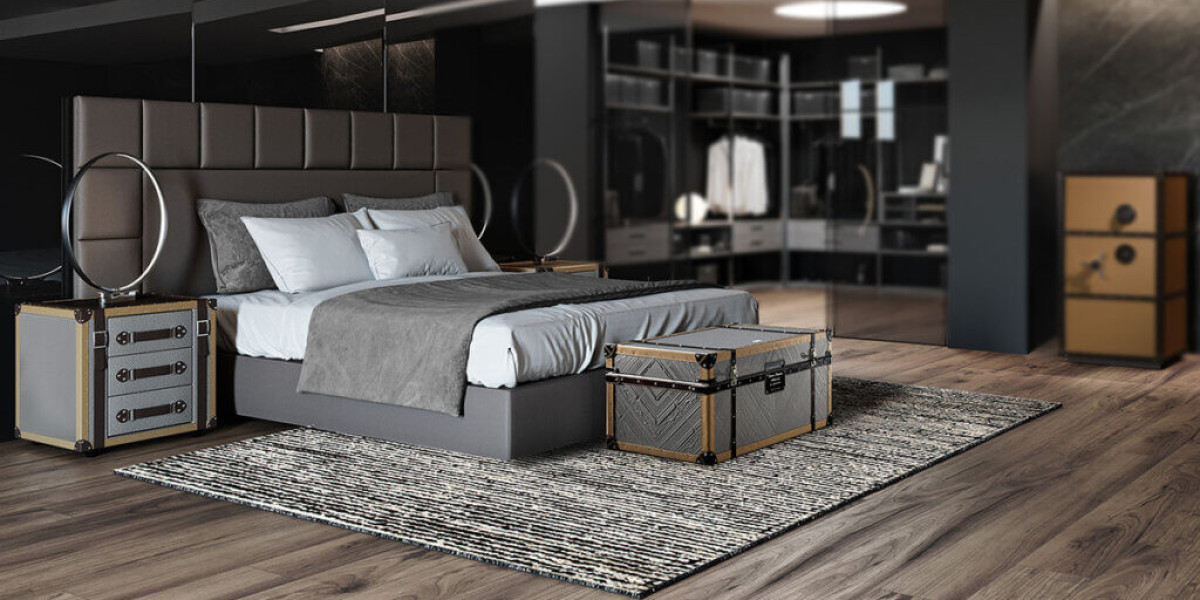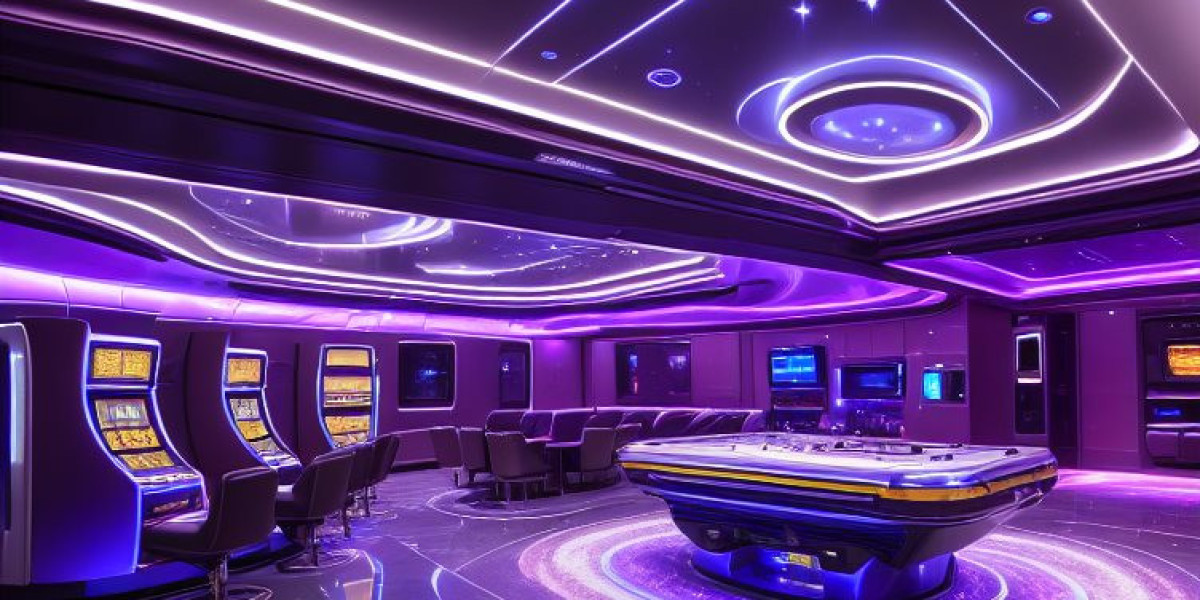In the world of interior design, few pieces speak to both craftsmanship and lifestyle the way a genuine luxury rug does. Not only does it anchor a room visually, it also speaks underfoot—about comfort, texture, quality and taste. When you choose a luxury rug, you're not just buying décor; you’re investing in a piece of textile art that may last decades, maybe generations.
Whether you’re outfitting a formal living room in Lucknow, a boutique hotel lobby, or an upscale dining room, understanding what defines a luxury rug—and how to select one wisely—makes all the difference. In this blog, we’ll explore the hallmarks of luxury rugs, how they’re made, what to look for, styling tips, cost/ value considerations, and how to care for your investment.
What Makes a Rug “Luxury”?
Not all rugs are created equal. The term “luxury” in the rug world refers to a combination of materials, craftsmanship, rarity and design excellence. Here are the key attributes.
Superior materials
Luxury rugs employ the finest fibres and yarns. Quality wool (especially from New Zealand or long-staple breeds), pure silk (often mulberry), mohair, cashmere, or premium blends are used. According to one source: “High-end rugs are handcrafted from premium materials like pure silk or fine wool.” Materials matter not just for feel, but for how the rug wears, dyes, and retains beauty. For example, wool is naturally resilient, and silk catches light in a special way.
Exquisite craftsmanship
Luxury rugs are not simply mass-produced on cheap machines. They are often hand-knotted, hand-tufted with high attention to detail, or woven by skilled artisans using traditional looms. A high knot density (knots per square inch) often signals finer detail and durability.
Design, exclusivity and finish
Luxury rugs offer intricate patterns, custom colours, or limited editions. They integrate fine finishes (fringes, hand-carved pile, silk highlights) and sometimes bespoke sizing or shapes. As one retailer puts it: “What makes a rug luxurious? … Superior materials, exquisite craftsmanship, intricate designs, rich colours, high knot density, durability, exclusivity, heritage.”
Longevity & investment value
Luxury rugs are made to last. They age well, retain their beauty and sometimes become heirlooms or investment pieces. Choosing a well-made luxury rug means you’re buying for the long term. As one guide put it: “Luxury vs everyday rugs … the difference isn’t just in price—it’s in longevity, comfort, and the ability to transform a room’s ambiance.”
Materials & Techniques: Under the Surface of Luxury Rugs
Let’s pull back the curtain on what materials and methods elevate a rug to luxury.
Materials at a glance
Wool: Widely used in luxury rugs. It is naturally stain-resistant, durable, feels warm and soft underfoot, takes dyes richly. For example, New Zealand wool is highly regarded.
Silk: The pinnacle of luxury rug fibres. Silk offers a luminous, ultra-fine texture and allows for incredibly detailed knotting. But it is more delicate and often used in low-traffic areas.
Blends & exotic fibres: Cashmere, mohair, alpaca, high-grade blends of wool + silk are used by top makers to create a unique hand-feel.
Plant-based / newer luxury sustainable fibres: Materials like Tencel (a lyocell fibre), bamboo silk, recycled yarns are gaining traction in luxury rugs. For example, sustainable luxury rugs can incorporate Tencel.
Construction techniques
Hand-knotted: Master weavers tie each knot around warp threads. Highest craftsmanship and often higher cost.
Hand-tufted: Yarn is punched into a backing; more accessible but still often high quality when done well.
Flat-weave / Kilim: No pile; offers a low-profile luxury look. For luxury versions, fine materials and high skill workmanship are used.
Machine-made luxury: Some high-end rugs combine machine precision with luxury materials, but in general the handmade techniques still command the highest “luxury” tag.
What to look for
High knot count or density (for knotted rugs) = finer detail.
Quality fibres (long staple wool, pure silk) = durability & better feel.
Backing, finish, edges: secure fringe, consistent pile height, good finishing details.
Colour and dye quality: natural/acid dyes, rich saturation but good stability.
Weight and feel: A luxury rug often has weight to it, feels substantial underfoot.
Authenticity & provenance: Knowing where and how the rug was made adds value.
How to Select a Luxury Rug: Practical Steps
Here are the key considerations when you’re ready to select and install your luxury rug.
Size & room layout
Size matters. An undersized rug in a large room can look lost; an oversized rug can overwhelm. With luxury rugs, the investment is higher—so better to measure carefully:
In a living room: consider front legs of sofas and chairs on the rug to unify seating area.
Dining room: rug should allow chairs to move back without catching the edge.
Bedroom: large enough to extend beyond the bed on either side.
Also think about shape—rectangular is standard but luxury rugs may allow custom shapes: rounds, octagons, tailored to your space.
Material & traffic
High-traffic areas (family living rooms, reception) → choose durable wool or wool-blend rugs.
Formal rooms (drawing room, designer spaces) → you may choose silk or silk-blend for luxury and visual impact, but be mindful of wear.
Consider climate: In India, humidity, dust, and sunlight can affect materials—so discuss with your vendor about backing, underlay and treatment.
Style, pattern & colour
A luxury rug might itself be a focal point. You might choose a bold pattern or rich jewel colours. Or you might prefer a subtle tone textured rug that complements the rest of the décor.
Within a luxury piece, silk fibres might be used to highlight pattern, giving contrast between matte wool and shiny silk.
If you have colourful furniture or busy walls, a simpler luxury rug may balance the room. If the room is minimal, the rug can be the statement.
Via luxury custom options you can tailor size, shape, colour, border, fringe—so use that to your advantage.
Budget & lead time
Luxury rugs often command higher prices because of superior materials and labour. Also custom size or design will add lead time (weeks or months).
Make sure you’re clear on lead time: handcrafted rugs take time.
Confirm shipping/import duties (especially in India), install logistics.
Ask for samples if possible (material swatches, small corners of pile) so you can check in your lighting.
Vendor & authenticity
Choose vendors with pedigree, transparency on materials, making technique, origin and warranty.
Ask: is it hand-knotted or hand-tufted? What material exactly? What country was it made?
Check for quality: Examine back of rug, knotting, edges.
For luxury investment pieces, provenance can matter.
Styling & Placement Tips for Luxury Rugs
Luxury rugs elevate a space—not just technically, but emotionally and visually.
Placement & layering
Place under key furniture anchors (sofa, centre table) to create a defined area.
Pair the rug’s tones with cushions, throws, art pieces to tie the space.
Consider layering: A large neutral luxury rug under a smaller bold one for texture + contrast.
In formal rooms, let the rug shine—keep surrounding décor minimal so its craftsmanship shows.
Texture & scale
Luxury rugs often have subtle pile height differences, silk highlights or carved motifs—they show beautifully under light. Choose lighting that accentuates texture rather than flattening it.
In large rooms, you can go for large-scale patterns; in smaller spaces, fine motif works better.
Maintenance-aware styling
Even luxury rugs deserve care: avoid placing in direct sunlight (silk will fade), use proper underlay/pad, rotate periodically so wear is even.
In Indian homes with dust, shoes, pets, factor in a protective pad to reduce dirt penetration.
Use the rug as an heirloom piece: treat it with respect—avoid heavy furniture with tiny legs that create denting on fine piles.
Luxury Rug Cost & Value: What to Expect
What does it cost, and is it worth it? Let’s break that down.
Cost factors
Material: Silk costs significantly more than wool; exotic fibres (cashmere, mohair) cost more again.
Construction: Hand-knotted > hand-tufted > machine. The more labour involved, the higher the cost.
Size & customisation: Custom shape/size = higher price.
Design complexity: More intricate patterns, higher knot density = higher cost.
Origin & brand: Rugs from established luxury houses or artisan workshops command premium.
As one guide notes: “Luxury rugs … premium materials such as New Zealand wool, silk blends … hand-knotted or expertly hand-woven…”
Value & return
A well-made luxury rug can out-perform cheaper rugs in the long run because it retains its look, doesn’t need replacing frequently, becomes a feature.
In some cases, luxury rugs (especially fine silk Persian rugs) also accrue in value like art pieces.
Even if not investment pieces, their impact on interior quality, comfort and ambience can justify cost.
Budgeting tip for Indian context
Since you are in Lucknow, Uttar Pradesh: sourcing locally (e.g., from known textile hubs) can help reduce import duties/shipping if buying from abroad.
Compare imported luxury rugs vs Indian-made luxury custom options.
Set aside budget not just for purchase, but for delivery, underlay, professional installation, long-term care.
Caring for Your Luxury Rug: Make It Last
A luxury rug deserves luxury maintenance.
Routine care
Vacuum regularly using a suction-only head (no beater bar) especially for fine piles.
Rotate the rug every 6–12 months so wear is even.
Use a quality rug pad underneath to prevent slippage, help cushion pile and maintain shape.
Blot spills immediately—do not rub; use recommended cleaning for the specific fibre (silk vs wool).
Protect from direct sunlight to avoid fading, especially for silk or high-sheen rugs.
Professional cleaning & long-term storage
Have the rug professionally cleaned every 2-5 years depending on traffic and fibre. Make sure cleaners understand silk/long-pile rugs.
If storing: roll the rug (not fold), wrap in breathable cloth/muslin, store in cool, dry place, avoid heavy stacking.
In humid Indian climate: ensure backing and storage avoid mould, pests (especially for wool rugs).
For fringe areas: gently comb or straighten rather than vacuuming vigorously.
Example Luxury Rug Options (to Illustrate Choices)
Here are some real-world examples of luxury rug products you can browse.
Here’s a quick summary of each:
Afterglow Hand Knotted Wool & Bamboo Silk Rug: A premium hand-knotted rug that blends high quality wool with bamboo silk for sheen—high luxury tier.
Selcan Hand Knotted Wool & Viscose Rug: Another hand-knotted piece, mixing wool and viscose—luxury but slightly more accessible.
THE RUG SELLER Hand Tufted Wool Rug: Hand-tufted (vs knotted), high-quality wool—luxury category but lower labour cost.
Plush Chenille Rug: Plush and soft, but less high luxury fibres—good if you want luxury feel on a lower budget.
SWEET HOMES Super Ultra Soft Shaggy Silk‑Touch Carpet: Approaches luxury feel with soft “silk-touch” and shag pile; useful for bedrooms or casual luxury spaces.
Persian Legacy Carpet 5×7 ft: Patterned classic style, which may command premium based on design/origin—entry into luxury patterned rugs.
While these illustrate options, when you’re aiming for true luxury, focus on materials (wool/silk/long-pile), construction (hand-knotted or heavy hand work), origin/brand and custom sizing. The other items serve as stepping stones depending on budget.
Mistakes to Avoid When Buying a Luxury Rug
Choosing size or shape purely by standard “8×10” without checking your actual space and furniture arrangement. A luxury rug should fit the room visually and proportionally.
Focusing only on appearance (e.g., “looks expensive”) but ignoring fibre type or construction—leading to a rug that wears poorly.
Overlooking backing, rug pad, installation details—poor installation undermines even the best rug.
Neglecting care and environment: For example, placing a silk rug in high foot traffic area or muddy floor leads to regret.
Ignoring provenance or vendor credibility: with luxury pieces authenticity, quality and support matter.
Skipping budget for after-care: cleaning, padding, rotation—all matter for longevity.
Conclusion: Why a Luxury Rug Is Worth It
A luxury rug is more than a floor covering. It’s an anchor piece for your interior. It brings together craftsmanship, material, design and experience. When chosen well, it becomes part of the home’s narrative—layering comfort, aesthetic, legacy.
In markets like India—including cities like Lucknow with rich textile traditions—you have the opportunity to blend luxury global standards with local craft sensibilities and sourcing. By investing in materials, customisation, proper sizing, care and placement, you ensure your luxury rug adds value to your space for years, properly showcasing your style and taste.






